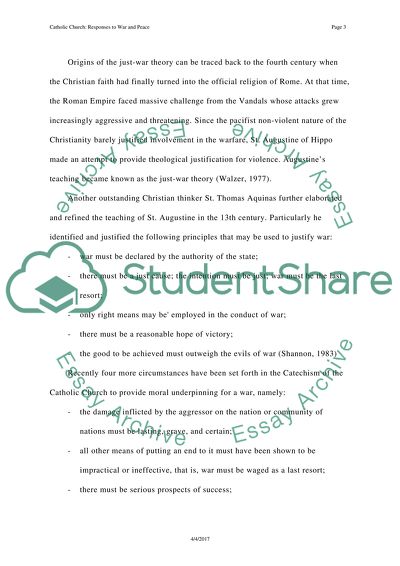Cite this document
(“Catholic Church Essay Example | Topics and Well Written Essays - 1250 words”, n.d.)
Retrieved from https://studentshare.org/miscellaneous/1522624-catholic-church
Retrieved from https://studentshare.org/miscellaneous/1522624-catholic-church
(Catholic Church Essay Example | Topics and Well Written Essays - 1250 Words)
https://studentshare.org/miscellaneous/1522624-catholic-church.
https://studentshare.org/miscellaneous/1522624-catholic-church.
“Catholic Church Essay Example | Topics and Well Written Essays - 1250 Words”, n.d. https://studentshare.org/miscellaneous/1522624-catholic-church.


